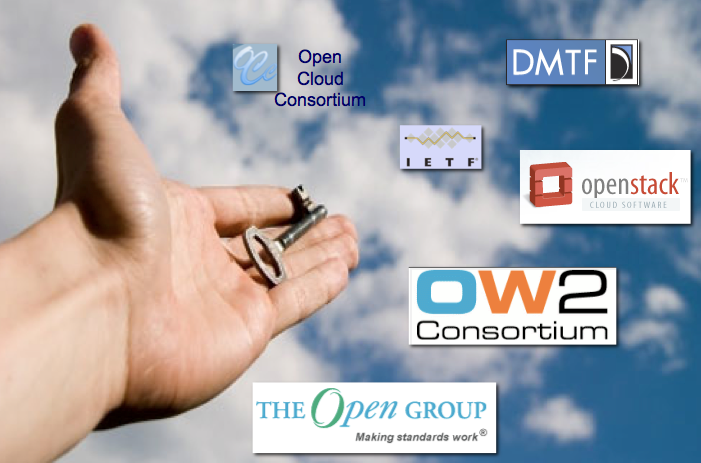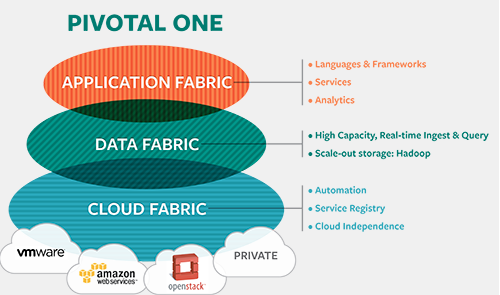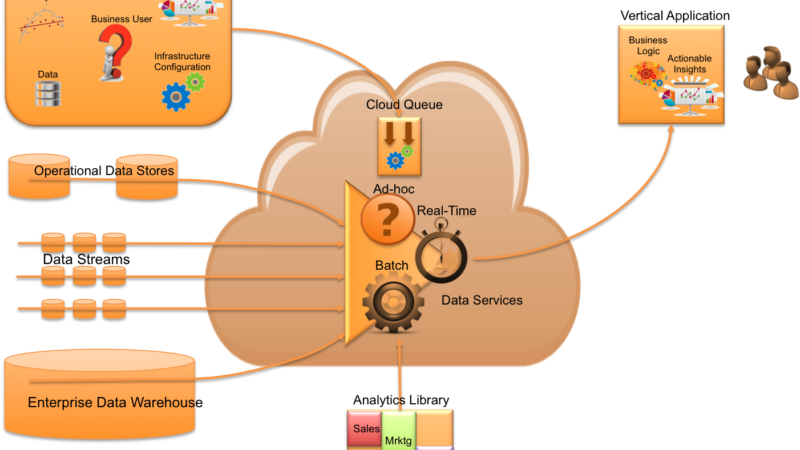Open (driving more commodity) will become key
I was talking to a Wall Street firm that offers a suite of services that spans the investment spectrum, including investment management, research and trading, and investment servicing. They serve the needs of institutional investors with over $20 trillion (US) in assets under custody and administration, and close to $2 trillion (US) under management as of 2010. This Wall Street firm has a sophisticated IT group that understands the value of a private PaaS platform….allowing them to standardize application lifecycle management across a portfolio of over 300 applications.
One of their most important requirement in building a private Paas:
1. OPEN
This means that the following solutions become candidates:
- RedHat: With KVM for the virtual environment + JBOSS + Makara
- Eucalyptus: Enterprise Edition + JBOSS container + homegrown PaaS middleware
- OpenStack: Compute and Object Storage + JBOSS container + homegrown PaaS middleware
- Cloud.com: CloudStack Enterprise + JBOSS container + homegrown PaaS middleware
- Enomaly: ECP + JBOSS container + homegrown PaaS middleware
There are a few others I haven’t mentioned (e.g. Abiquo) that are entering the space. Other proprietary solutions from Oracle, IBM, BMC, Novell, HP, Surgient, Nimbula, Platform Computing, etc. will not work. They are trying to avoid the main issues of:
1. VENDOR LOCKIN
2. LIMITED ROADMAP
Why not consider VMware vCloud Director and call it done? Answer:
We only have 10% of our platform on VSphere. It doesn’t address the majority of our infrastructure needs
There are plenty of open source options. However, when you take into account the additional factors, the selection becomes pretty narrow:
- Ability to dynamically provision application frameworks
- Ability to add, launch, and maintain application services
- Ability to support heterogeneous environments including bare metal and virtualized (including AIX LPARs and Solaris Zones)
- Extensible Service Provisioning Interface (API to IaaS platforms)
- Application director logic (ability to deploy applications on any infrastructure without direct knowledge of infrastructure specifics)
- Ability to integrate with legacy systems
- Scalable
- Modular
To be honest, there’s no solution that provides the above…yet. Either the open source initiatives like OpenStack will continue to add capabilities addressing big enterprise requirements, a larger opensource-focused enterprise will accelerate the development, and/or a large System Integrator and a few big enterprises will build it themselves. One thing is for sure….open will be a theme.
Other related articles:
- Cloud Prophecies: The Cloud Era
- SaaS offerings will dominate market (greater value with the end-user application)
- Private Cloud Will Drive the Bulk of Revenue in the datacenter (sorry Amazon)
- Platform as a Service = Application Focus = $True Value (IaaS is dead)
- Financial will drive commercial innovation in Private Cloud
- Government and Manufacturing will lead in Public Cloud (SaaS)
- Power of IT shifts to Application Developers
- System Integrators turn into Managed Service Providers (with Cloud)
- SIs are the gateway into large enterprise for new cloud vendors
- Open (driving more commodity) will become key For the Channel





2 thoughts on “Open (driving more commodity) will become key”
Comments are closed.